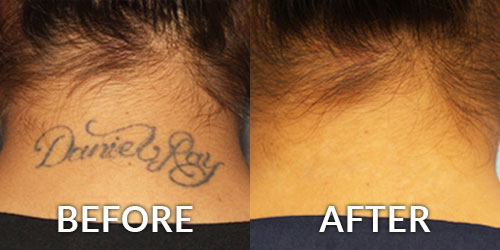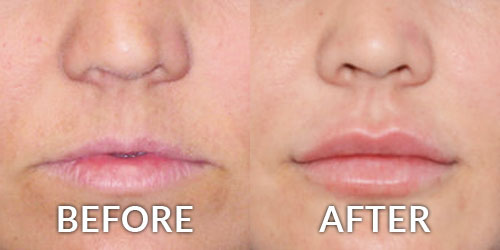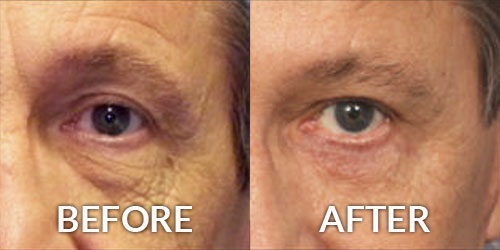Common Mistakes in Self-Diagnosing Cancer
The most common mistake in self-diagnosing is waiting too long for a spot, pimple, scratch or rash to go away. If it hasn’t healed in 6-8 weeks, it should be checked by an expert.
Another misconception is the belief that a raised lesion (a superficial growth or patch of the skin that does not resemble the area surrounding it) is more dangerous than a flat one. Most raised lesions on the skin are harmless and usually consist of:
Skin Tags: Flesh colored or brown tabs of skin in areas of skin folds
Blood Vessel Growths (Angiomas): Small red bumps frequently found on the trunk
Keratoses: Warty light to dark brown flat topped growths
Benign Moles: Skin colored, red, blue, or brown raised bumps typically present for many years
Lastly, thinking only sun exposed areas are skin cancer prone and not looking at the scalp, groin, soles and buttocks is a mistake. If it has skin on it, it can get skin cancer – even on the lips, inside the mouth or on the eye.
Know the ABCDE’s of skin cancers:
Asymmetry- One half different than the other, i.e. part raised, part flat
Border- Irregular edges, indistinct edges, lacy or wavy edges
Color- Multiple colors in one lesion, especially reds, whites, blues or black
Diameter- Bigger than a pencil eraser
Evolving- Any spot or growth that is new, growing in size, changing shape, itchy, bleeding







